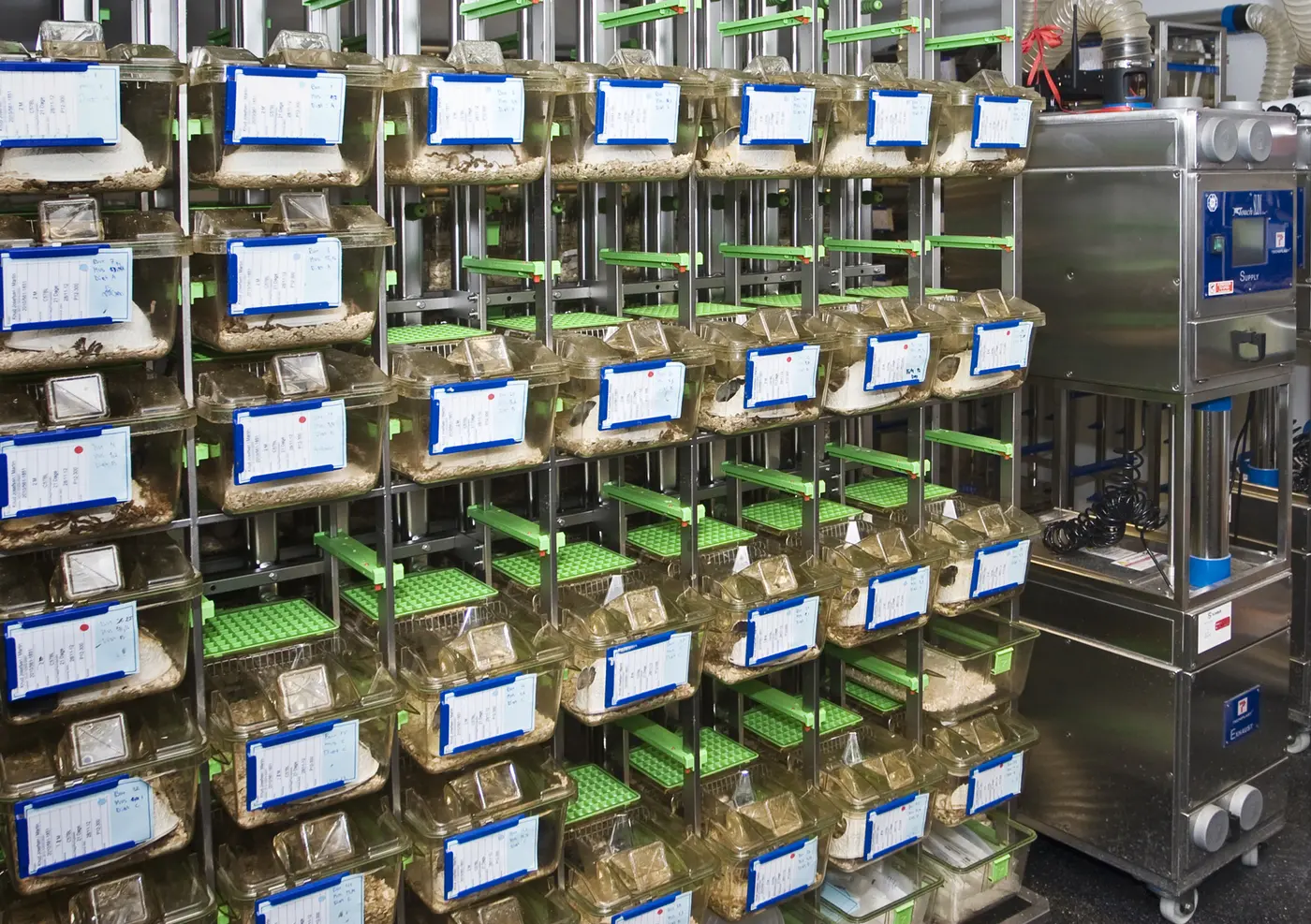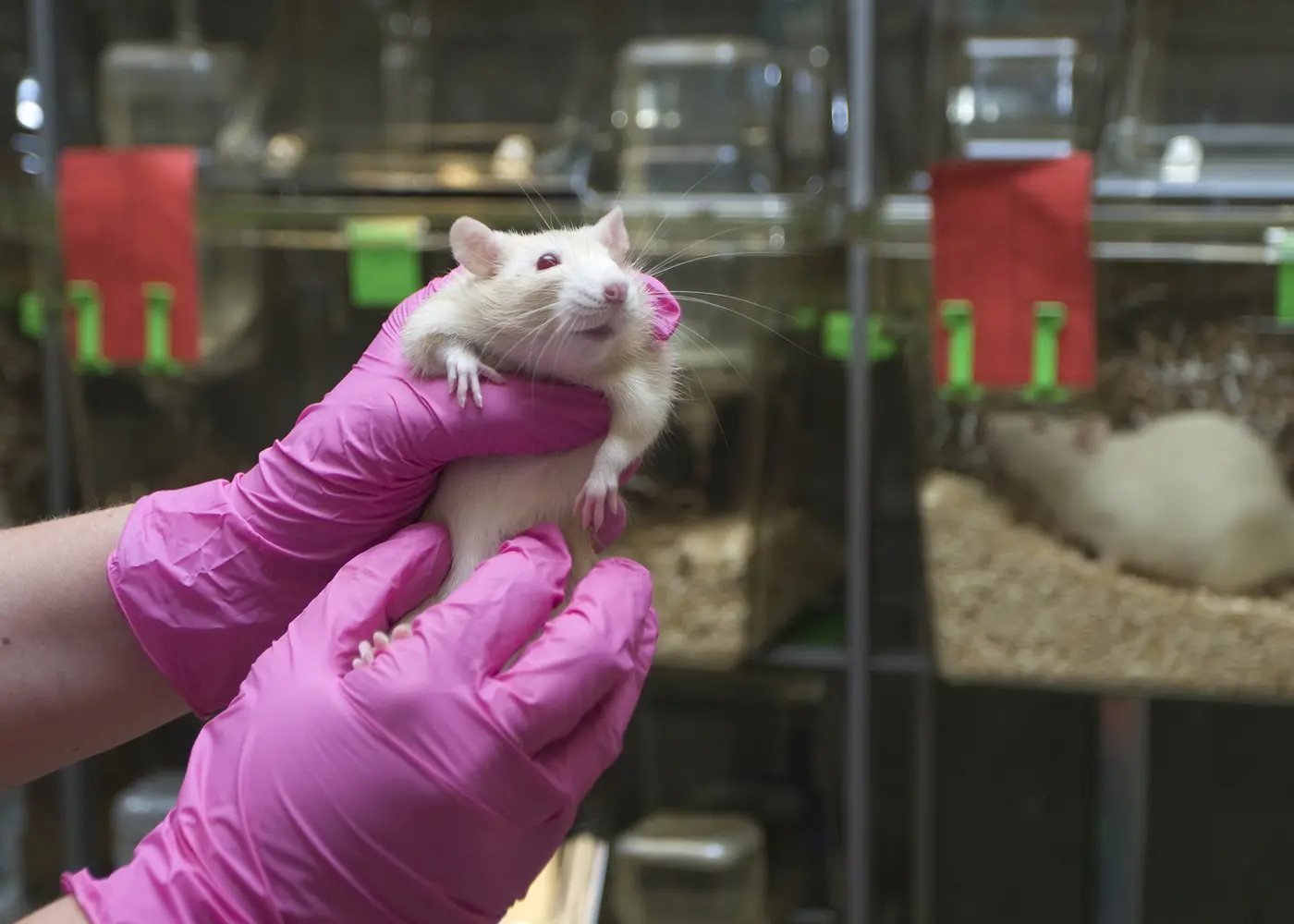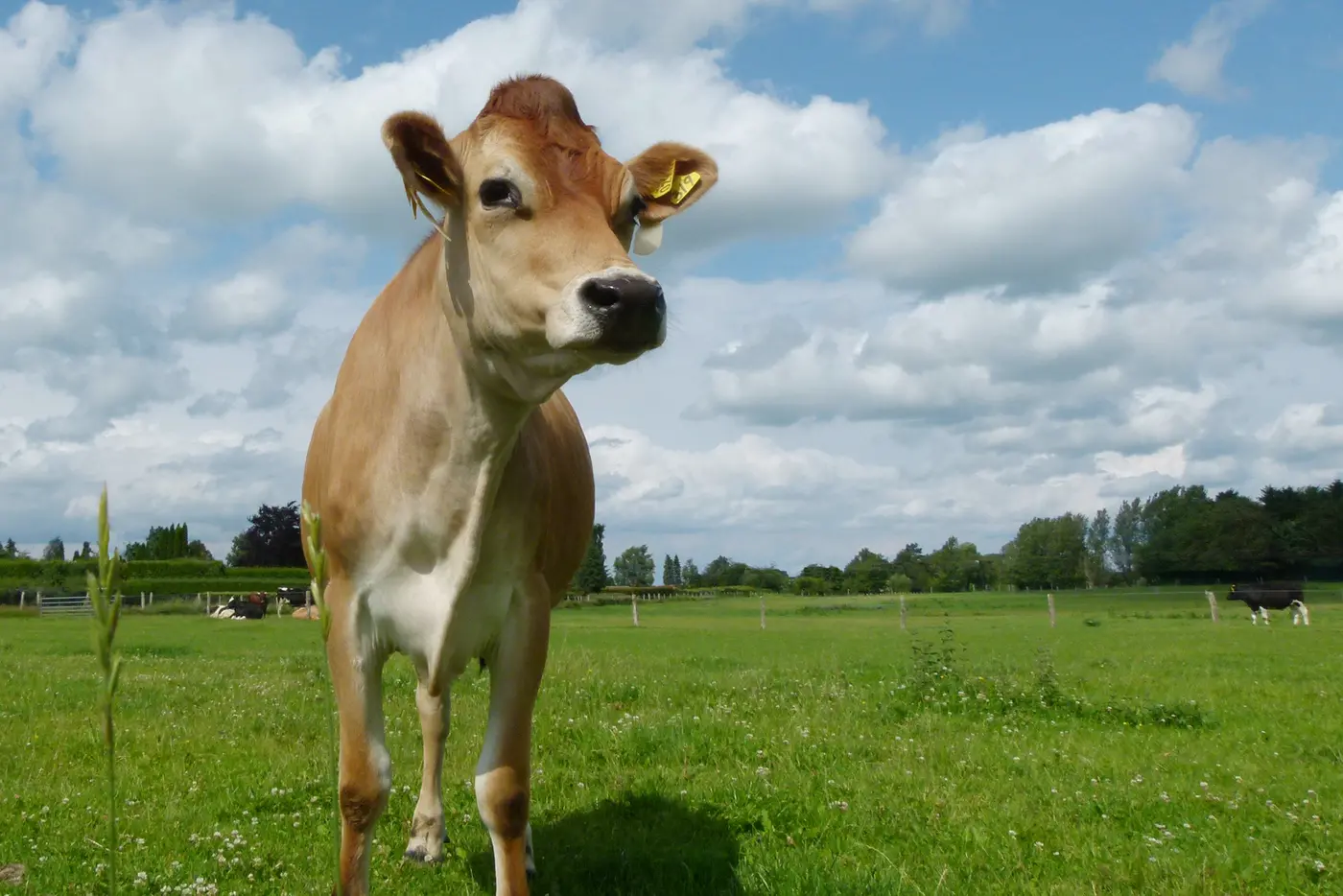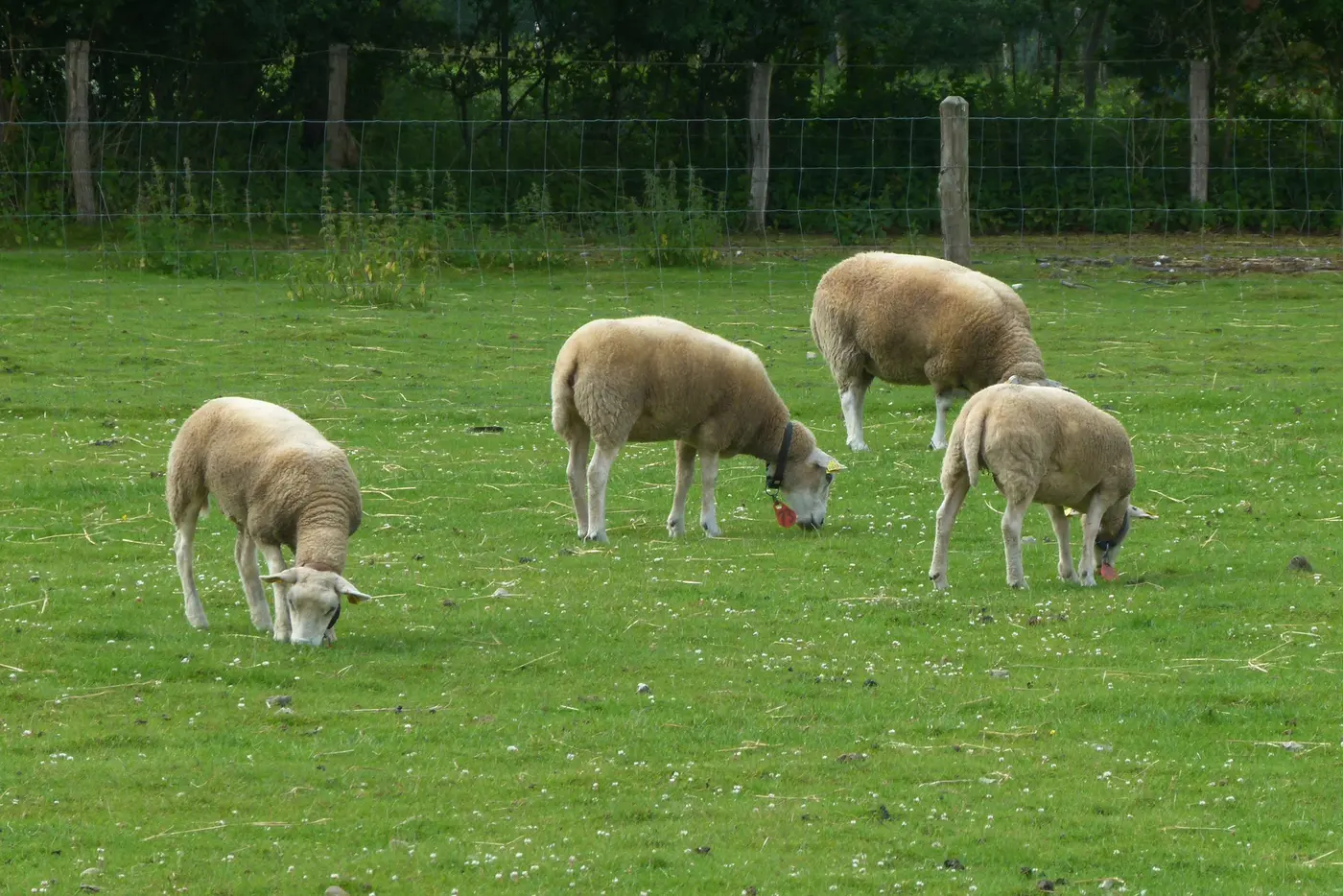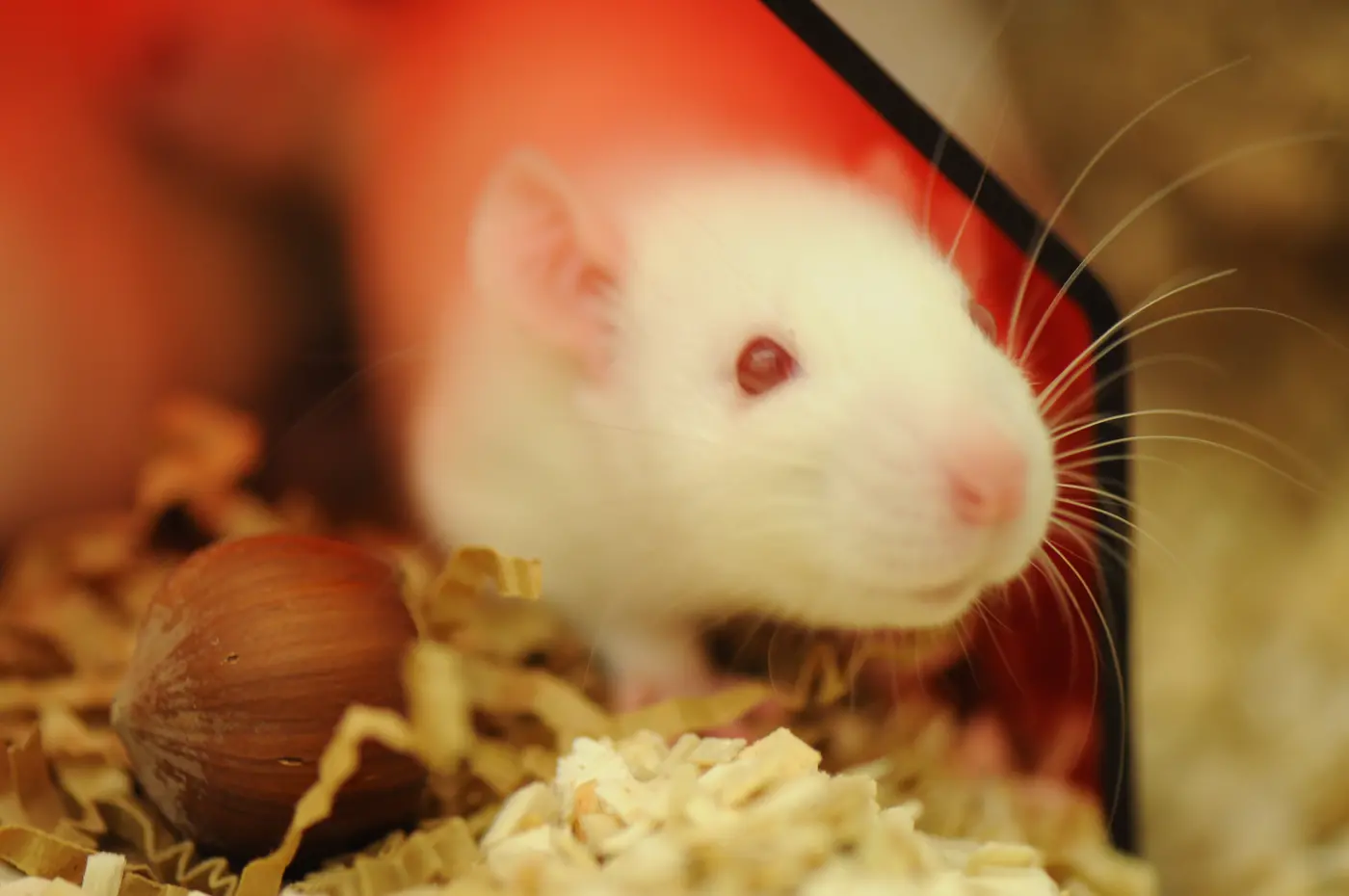Laboratory Animals
The Danish 3R-Center has on this part of the website tried to gather some facts regarding animal testing and the use of animals for research in Denmark which is mainly based on information from the Animal Experiments Inspectorate. Since a permit from the Animal Experiments Inspectorate is necessary to carry out research using laboratory animals, information such as the aim of the experiments, the severity and the quantity of laboratory animals are known factors and therefore make the Animal Experiments Inspectorate a reliable source.
What is a laboratory animal?
A laboratory animal is a vertebrate that is captured, bred or stabled with the purpose to be part of experiments or to use their organs or tissue in experiments. Laboratory animals in Denmark are mainly used by the universities and by the pharmaceutical industry. Therefore, the use of laboratory animals is mainly focused on fundamental biological studies and the development/manufacturing of medicine.
Replacement, reduction and refinement
A large part of the knowledge we have today on the physiology, pathology, immunology, microbiology and pharmacology is derived from animal research. The experiments are crucial for the advancement in both medical and veterinary science as well as for the agriculture. All the medications prescribed to both people and animals, have been developed and tested by using laboratory animals. New surgical techniques and materials have likewise been tested on animals before being approved for people and livestock (Hau and Van Hoosier, Handbook of Laboratory Animal Science).
It is still necessary to use laboratory animals and for ethical reasons we are obligated to follow certain guidelines to reduce the number of laboratory animals as well as reduce their suffering. In 1959 the 3R concept was presented which consists of researcher’s mission to search for other alternatives to animal testing (replacement) – meaning that the researcher has to examine whether it is possible to carry out the experiment without using laboratory animals. If the researcher is forced to use animals in their research, he must search for methods to reduce the amount of required animals (reduction) as well as using the method that harms the animals the least (refinement) and provide the best possible conditions for the animals before and after the experiments.
The Danish 3R-Center is established to spread knowledge about the 3R’s so the laboratory animals get the best possible conditions. In Denmark it is not allowed to perform any experiments containing laboratory animals without taking the 3R’s into consideration.
Newsletter
Sign up for our newsletter - don't miss information about our annual symposium etc.
